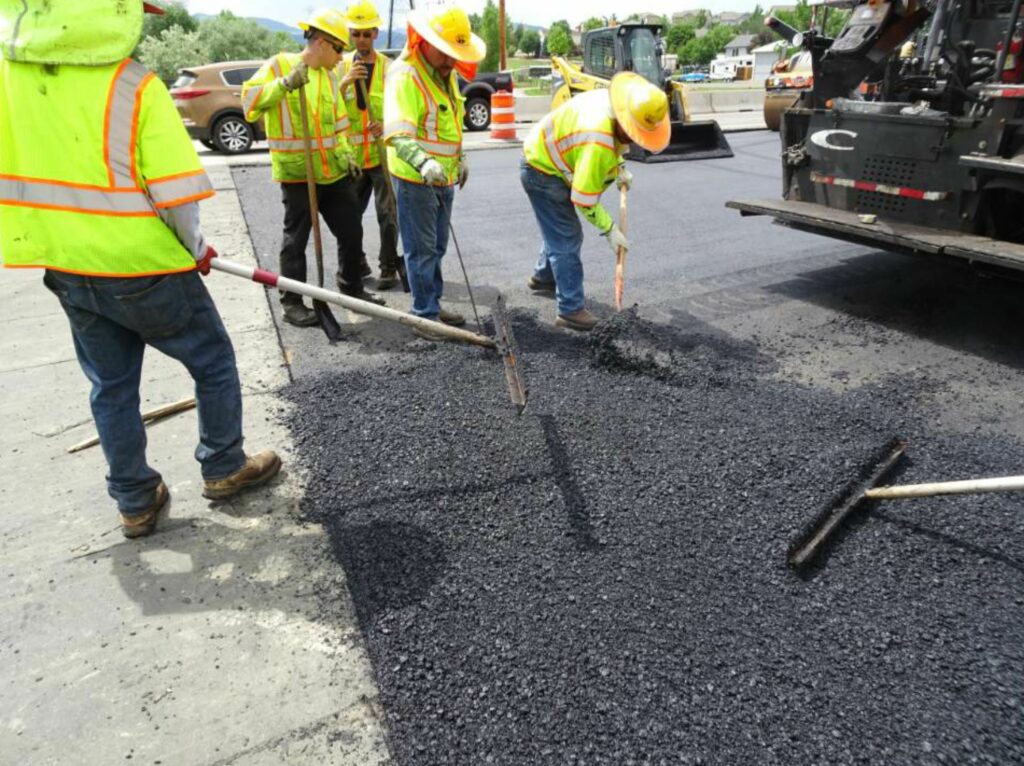The Complete Guide to Pavement and Concrete Jobs: Techniques, Materials, and Best Practices
Pavement and concrete jobs form the backbone of our urban infrastructure, encompassing everything from smooth highways to elegant patios. This field, combining skill, precision, and the right materials, is essential for creating durable and functional surfaces. In this comprehensive guide, we delve into the various aspects of pavement and concrete work, covering the different types of jobs, the materials used, and the key techniques employed by professionals. Whether you're a contractor, a DIY enthusiast, or simply curious about the process, this article offers valuable insights into the world of pavement and concrete jobs.

Introduction to Pavement and Concrete Jobs
Pavement and concrete work are integral to modern construction, providing foundational support and surface durability for various projects. From residential walkways to commercial buildings and public roads, the use of concrete and pavement is ubiquitous and vital for structural integrity and longevity.
Different Types of Pavement and Concrete Jobs
The scope of pavement and concrete work spans several areas:
- Residential: Includes driveways, patios, and sidewalks.
- Commercial: Covers parking lots, business walkways, and concrete foundations.
- Industrial and Public Infrastructure: Encompasses roads, bridges, and public walkways.
Materials Used in Pavement and Concrete Work
Materials vary based on the project requirements:
- Concrete: A versatile material made from cement, water, and aggregates.
- Asphalt: Commonly used for roadways, composed of aggregates and a binder.
- Eco-Friendly Options: Recycled materials and permeable concrete are gaining popularity for their environmental benefits.
Key Techniques in Pavement and Concrete Laying
Precision and expertise are crucial in these techniques:
- Stamping and Staining: Used in decorative concrete work to add textures and colors.
- Sealing: Protects concrete surfaces from weathering and stains.
- Leveling and Finishing: Ensures a smooth and even surface.
Maintenance and Repair
Proper maintenance extends the life of pavement and concrete surfaces:
- Regular Cleaning: Keeps surfaces looking new and prevents deterioration.
- Sealant Reapplication: Protects against moisture and cracks.
- Crack Filling and Repair: Essential for maintaining structural integrity and aesthetics.
Safety and Compliance in Concrete Work
Safety is paramount in pavement and concrete jobs:
- Personal Protective Equipment (PPE): Includes helmets, gloves, and eye protection.
- Compliance with Regulations: Adhering to building codes and safety standards.
Emerging Trends and Innovations
The industry is evolving with new technologies:
- Advanced Materials: Such as high-performance concrete and temperature-adaptive materials.
- Sustainable Practices: Focus on reducing carbon footprint and recycling materials.






